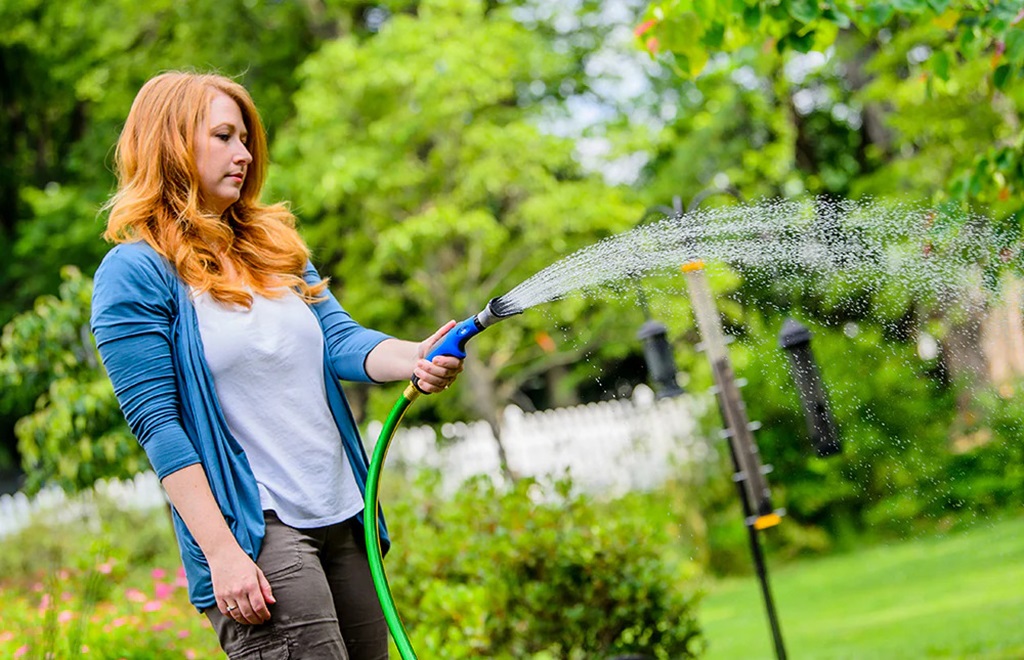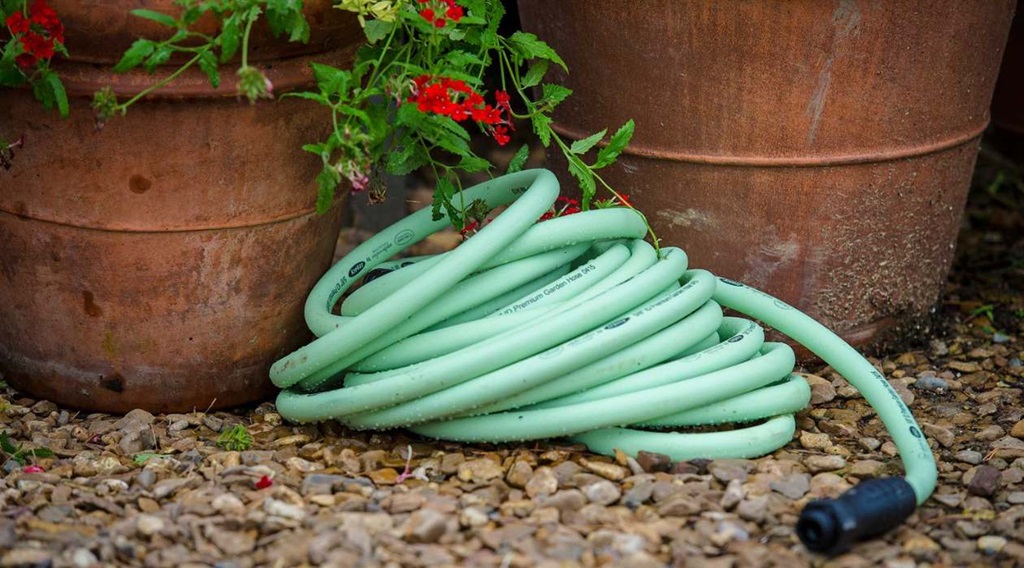
A garden hose is an essential tool for any gardener, providing a lifeline of water for your plants. Proper care and storage are vital to ensure your hose functions effectively and lasts for years. This guide will walk you through everything you need to know.
Why Hose Care Matters
- Longevity: A well-maintained hose can last for a decade or more, saving you money and hassle.
- Plant Health: A clean hose prevents the spread of harmful bacteria and algae to your plants.
- Performance: Proper storage prevents kinks and cracks, ensuring consistent water flow.
Daily Hose Care Tips
- Drain After Each Use: Never leave water sitting in your hose. It can breed bacteria and cause the hose to deteriorate faster.
- Avoid Dragging by the Nozzle: This puts unnecessary stress on the connection and can lead to leaks.
- Keep Out of the Sun: Prolonged exposure to UV rays can degrade the hose material, causing it to become brittle and crack.
Monthly Hose Maintenance
- Inspect for Leaks and Damage: Look for cracks, holes, or loose connections. Address any issues promptly with repair kits or replacement parts.
- Clean the Interior: Run a solution of one part white vinegar to ten parts water through the hose to disinfect and remove buildup.
- Clean the Exterior: Use a mild soap and water solution to scrub away dirt and grime.
Seasonal Hose Care
- Spring: Check your hose thoroughly before the growing season starts. Replace any worn-out washers or O-rings.
- Summer: Drain your hose after each use, especially during hot weather, to prevent the growth of algae and bacteria.
- Fall: Prepare your hose for winter by draining it completely and storing it indoors if possible.
Related: How to Organize Garden Tools
Proper Hose Storage

The way you store your hose has a significant impact on its lifespan:
- Hose Reels or Hangers: These are the best options as they keep the hose neatly coiled and prevent kinks.
- Coiling: If you don’t have a reel or hanger, coil the hose loosely without kinks and store it in a cool, dry place.
- Avoid Hanging: Don’t hang your hose on a nail or hook, as this can cause it to bend and crack.
Common Hose Problems and Solutions
- Kinks: If your hose has a kink, try gently massaging it out. If it persists, you may need to replace the damaged section.
- Leaks: Small leaks can often be repaired with a patch kit. For larger leaks or leaks at connections, you may need to replace the hose or the fitting.
- Reduced Water Flow: This could be due to a blockage in the hose. Try flushing it out with high-pressure water. If that doesn’t work, you may need a new hose.
Choosing the Right Hose
- Material: Rubber hoses are durable but heavier. Vinyl hoses are lighter but less resistant to kinks and punctures. Reinforced hoses offer a good compromise.
- Length: Choose a hose that is long enough to reach all areas of your garden without being overly long and cumbersome.
- Diameter: A wider diameter hose will deliver more water but may be heavier and more difficult to maneuver.
Going Beyond the Basics
- Hose Nozzles: Invest in a good-quality adjustable nozzle to control water flow and pressure.
- Sprinklers and Soakers: These can save you time and water by automating your watering process.
- Timers: A timer can help you water your garden consistently, even when you’re not home.
Your Hose, Your Garden’s Lifeline
With a little care and attention, your garden hose will be a reliable companion in your gardening endeavors for years to come. Happy gardening!
